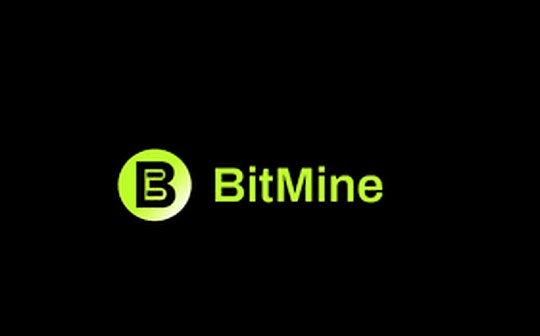
On March 7, 2025, the U.S. Office of the Comptroller of the Currency (OCC) issued a new letter rescinding the Interpretive Letter #1179 from November 18, 2021, while explicitly reaffirming the legitimacy of crypto asset custody, distributed ledger technology, and stablecoin activities. The OCC stated that federal banks and savings associations can engage in crypto asset custody and are permitted certain stablecoin activities. The introduction of this policy provides more compliance space for digital asset companies and has prompted industry giants, including several stablecoin issuers, to apply for U.S. National Trust Bank charters.
-
Circle: First Application for a National Trust Bank Charter
On June 30, Circle submitted an application to the OCC to establish the "First National Digital Currency Bank, N.A.", which would become the first national digital currency bank operated by Circle. If approved, Circle would be able to act as its own custodian for USDC reserves and provide crypto asset custody services for institutional clients. Notably, this charter would restrict Circle's business scope, prohibiting it from accepting cash deposits or making loans. -
Ripple: Deeper Collaboration with the Federal Reserve
On July 3, Ripple confirmed its application to the OCC to establish the Ripple National Trust Bank, enabling it to custody crypto assets and establish accounts on the Federal Reserve's payment rails. This move not only promotes Ripple's market position in the stablecoin sector but may also provide it with more direct access to the Fed's payment systems. -
Paxos: Restarts Trust Bank Application
Paxos, one of the issuers of PayPal's stablecoin, restarted its process to apply for a National Trust Bank charter with the OCC on August 11. If approved, Paxos would be able to custody assets on behalf of clients and accelerate the payment settlement process, further integrating itself into the traditional financial system. -
Coinbase: Promoting Institutional Adoption of Digital Assets
On October 3, Coinbase applied to the OCC for a National Trust Company charter, stating that this move would simplify the regulation of digital asset products and further promote the adoption of digital assets in traditional financial markets. Although Coinbase does not intend to become a bank, this charter would allow it to offer custody and payment services nationwide. -
Bridge: Stripe Boosts Crypto Payment Infrastructure
On October 15, Bridge, acquired by payment giant Stripe, also applied for a National Trust Bank charter. If successful, Bridge would be able to provide services such as custody, stablecoin issuance, and reserve management, offering more regulated crypto asset services to businesses and institutions. -
Anchorage Digital: First to Obtain a Digital Asset Bank Charter
In 2021, Anchorage Digital became the first "digital asset bank" to receive conditional approval from the OCC in the U.S., providing crypto asset custody and trading services for institutional clients. Through this charter, Anchorage has further solidified its important position in the digital asset financial market. -
Why Are Stablecoin Issuers Applying for National Trust Bank Charters?
The changes in the stablecoin market stem not only from market demand but are also driven by regulatory policies. The introduction of the GENIUS Act provides a clearer regulatory framework for stablecoin issuers and encourages them to seek bank charters. According to the Act, approved Payment Stablecoin Issuers (PPSI) would be able to operate under strict supervision but are required to engage "solely in stablecoin issuance" rather than offering the full range of services of a traditional bank. By applying for National Trust Bank charters from the OCC, many stablecoin issuers can gain greater legitimacy and influence within the global financial system. -
Industry Development: The Process of Integrating Crypto Finance with Traditional Finance
The wave of applications from stablecoin issuers is not merely a response to regulatory policies but also reflects the deep integration of crypto finance with the traditional financial system. By applying for National Trust Bank charters, these giants can better expand their businesses within the regulatory framework, enhance corporate compliance and image, and help move crypto finance into the mainstream financial sector. As more crypto companies move towards compliance, the future of stablecoins will become more transparent and standardized.In summary, stablecoin issuers applying for National Trust Bank charters are not only responding to increasingly strict regulatory policies but are also paving the way for the future development of the stablecoin market. Behind this trend lies the further integration of digital assets with traditional finance, marking the cryptocurrency market's entry into a more mature stage.
















